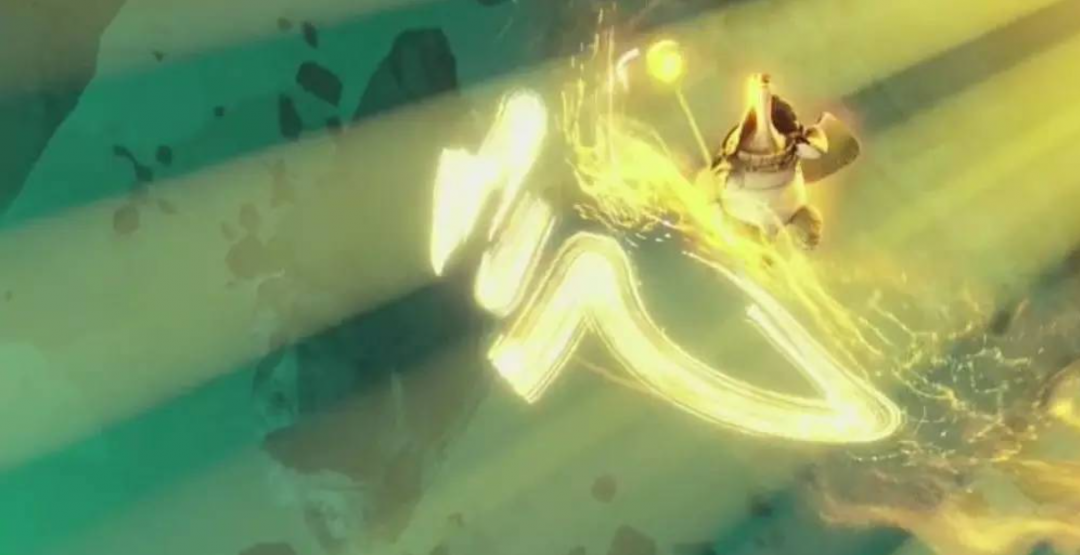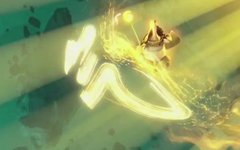Introduction: In Traditional Chinese Medicine (TCM), the treatment of diseases focuses on regulating Qi (气), helping it to restore or return to the body’s natural functional state, in accordance with the activities of various organs.
We know that Qi is a type of movement generated by the interaction of Yuan Yin (元阴) and Yuan Yang (元阳) within the body.
Through the movement of substances or molecules, the effects produced by the interaction of Yuan Yin and Yuan Yang are transmitted to various tissues, organs, and organ systems;
and these effects are transformed into various physiological activities within the tissues, organs, and organ systems.
The terms “Qi Stagnation” (气滞), “Qi Depression” (气郁), “Qi Reversal” (气逆), and “Qi Sinking” (气陷) commonly refer to four common conditions of abnormal Qi movement.

“Qi Stagnation” refers to the obstruction of Qi movement.
What are the consequences of obstructed Qi movement? For example, when we use a pump to inflate a balloon, the balloon continues to expand; similarly, the most typical symptom of Qi stagnation is distension and pain.
Depending on the location of Qi stagnation, the site of distension and pain will vary.
For instance, Qi stagnation in the stomach leads to distension and pain in the epigastric region, while Qi stagnation in the limbs results in limb distension and pain;
Qi stagnation in the liver can cause rib-side distension and pain, and Qi stagnation in the bladder may lead to lower abdominal distension and pain.

“Qi Depression” refers to Qi being trapped internally, unable to circulate throughout the body.
As mentioned earlier, the movement of Qi provides the driving force for the operation of the organs and the transportation of substances.
If Qi is depressed and cannot move normally, then the operation of the organs and the transportation and excretion of substances will be hindered to some extent;
thus, Qi depression can lead to symptoms such as weakened digestion, decreased appetite, feelings of melancholy, constipation or diarrhea, and coldness in the limbs.

“Qi Reversal” refers to the excessive upward movement or insufficient downward movement of Qi, causing disease.
The movement of Qi in the body involves both ascending and descending actions.
The ascending action ensures that nutrients are transported to the head and face, maintaining the position of various organs within the body;
the descending action allows substances entering the body to be transmitted from top to bottom, and collects various metabolic waste for excretion through urine and feces.
Excessive upward movement or insufficient downward movement of Qi can lead to “Qi reversal.”
Excessive upward movement can cause over-congestion in the head, leading to symptoms such as dizziness, a feeling of heaviness in the head, flushed face, and even fainting, hemiplegia, or facial drooping;
insufficient downward movement can result in abnormal transmission of food, leading to various reflux symptoms such as acid regurgitation, nausea, vomiting, belching, and coughing.

“Qi Sinking” is the opposite of “Qi Reversal,” referring to insufficient upward movement or excessive downward movement of Qi, causing disease.
Insufficient upward movement can lead to ischemia and hypoxia in the head, or the organs may not remain in their original positions, resulting in symptoms such as dizziness, forgetfulness, blurred vision, lack of energy, and organ prolapse;
excessive downward movement can cause rapid transmission of food or excessive excretion of metabolic waste, leading to symptoms such as diarrhea, frequent urination, nocturnal emissions, and incontinence.
Now, can you distinguish between the four conditions of abnormal Qi movement: “Qi Stagnation,” “Qi Depression,” “Qi Reversal,” and “Qi Sinking”?
 END
END

Long press to recognize the QR code and follow Xile Liangyao
Discover the wonders of Traditional Chinese Medicine together, bringing TCM closer to life.
Article looks good, click here

